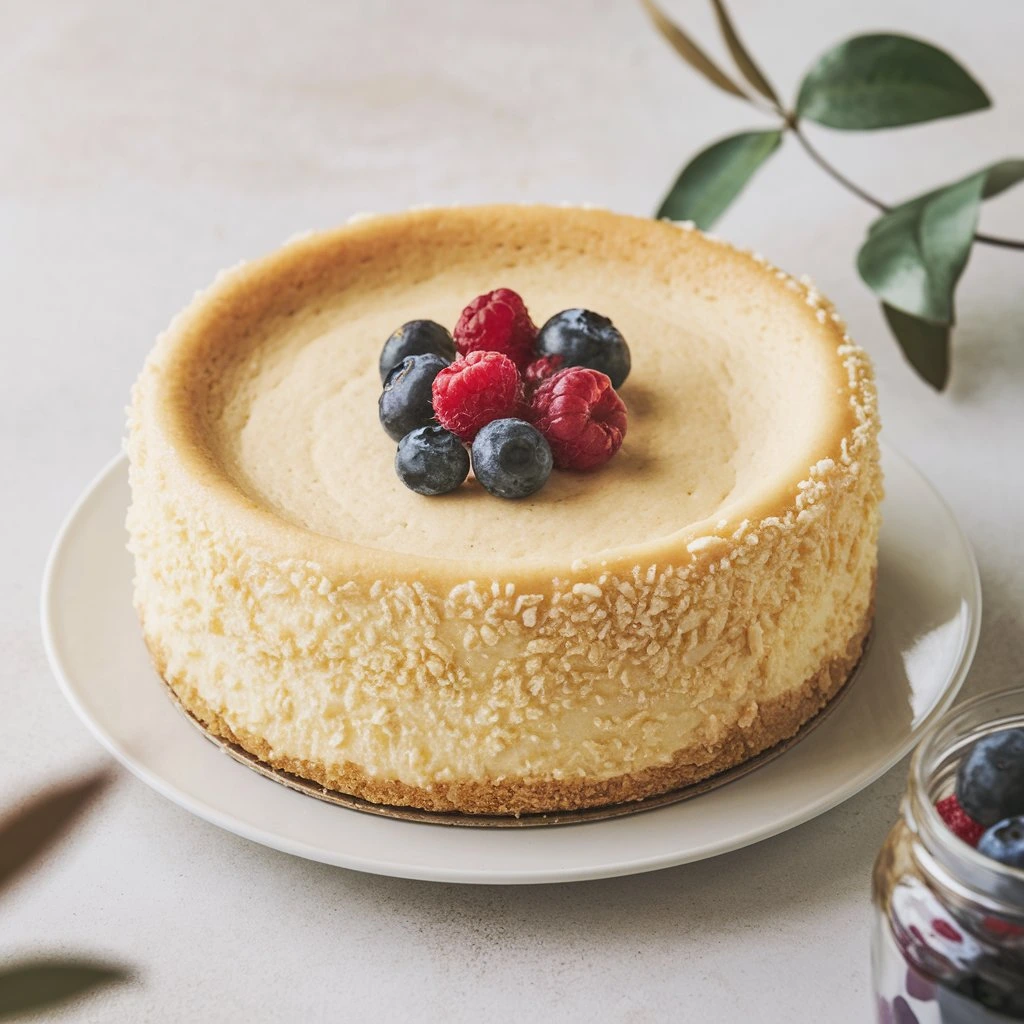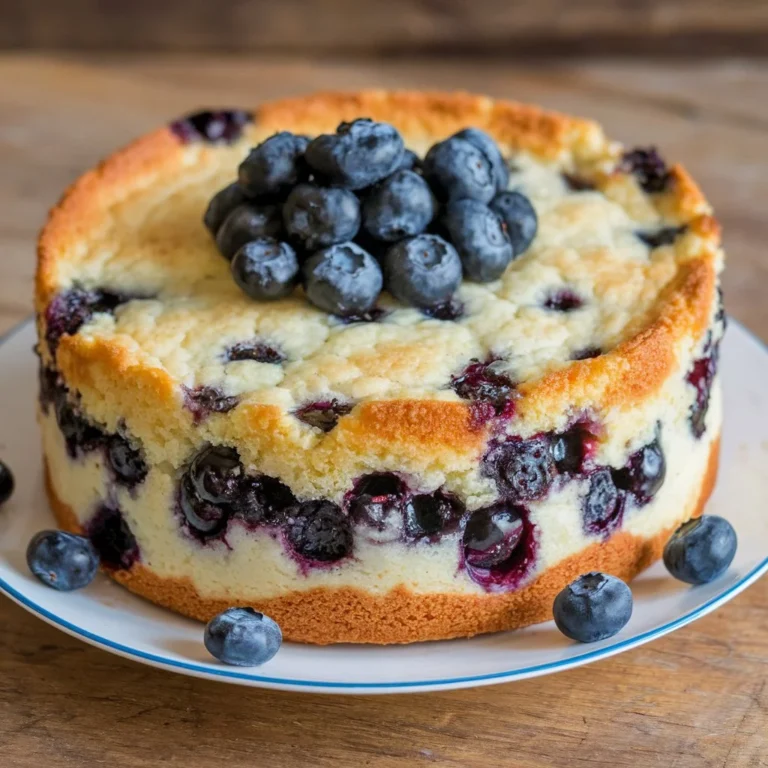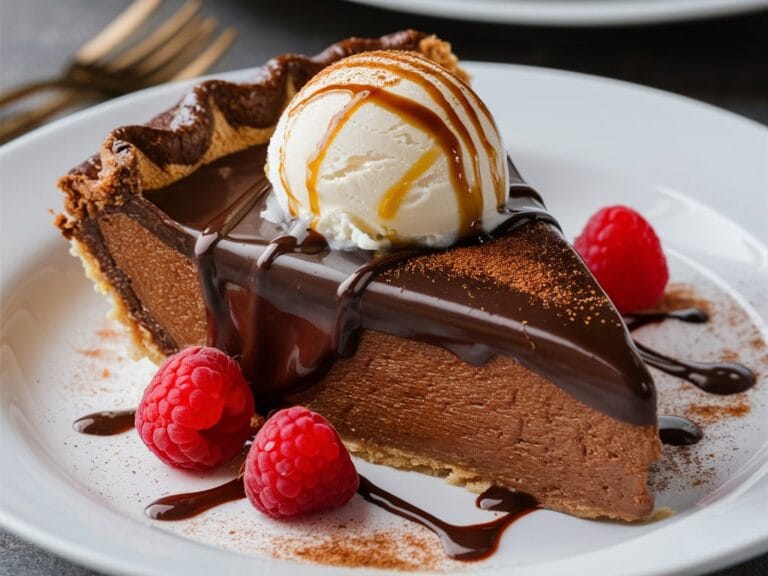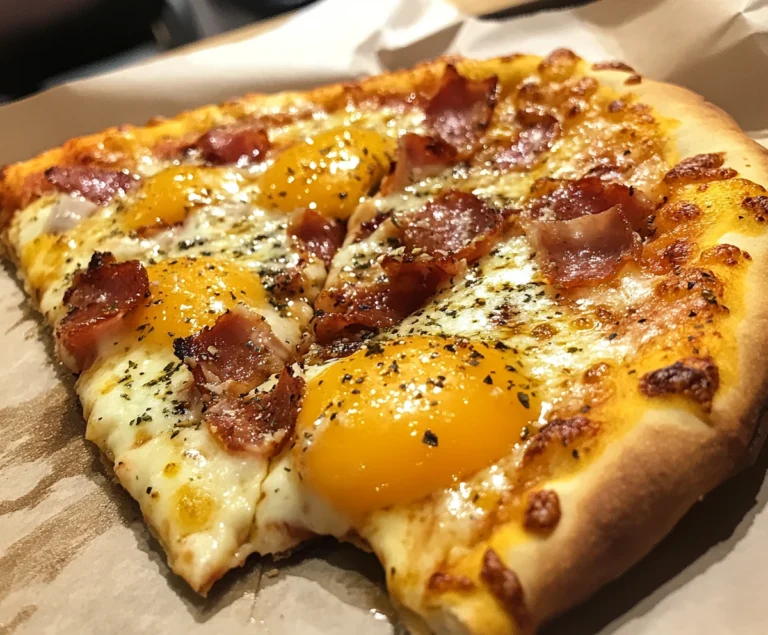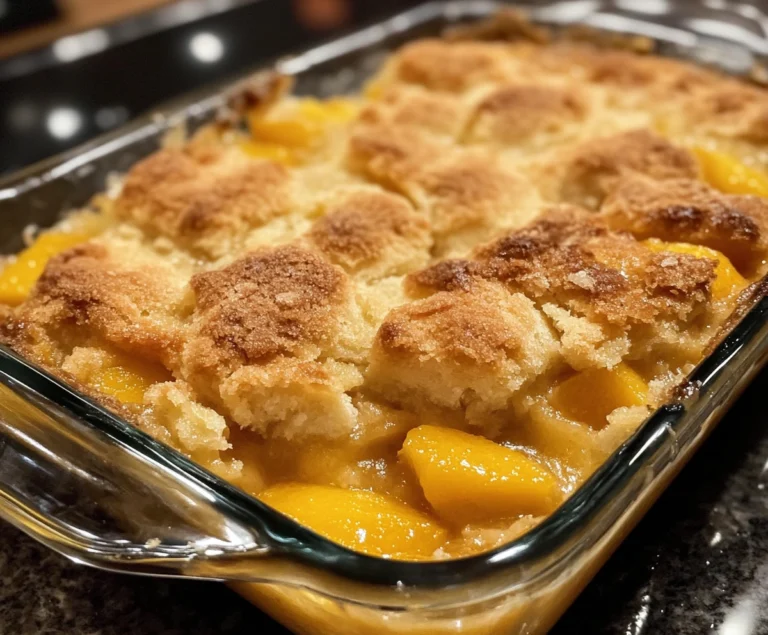Does Japanese Cheesecake Taste Like American Cheesecake?
When we think of Japanese Cheesecake Taste Like American Cheesecake, two varieties often come to mind: the Japanese Cheesecake Taste Like American Cheesecake. While both are called Japanese Cheesecake Taste Like American Cheesecake, they are worlds apart in terms of texture, flavor, ingredients, and even cultural significance. In recent years, Japanese cheesecake has gained immense popularity worldwide, thanks to its light, fluffy texture, which is a stark contrast to the dense, rich nature of American cheesecake. This article will explore the key differences between these two beloved desserts, diving deep into their preparation methods, ingredients, and most importantly, how they taste.
What is Japanese Cheesecake?
Japanese cheesecake, often referred to as soufflé cheesecake, is a light and airy dessert that originated in Japan. It’s known for its fluffy, almost cloud-like texture, which sets it apart from the denser cheesecakes that people may be more familiar with. The secret behind this texture is the incorporation of meringue, which gives the cheesecake its signature jiggle and lightness.
Key Ingredients
Japanese cheesecake is made with fewer ingredients compared to American cheesecake. The basic components include:
- Cream cheese
- Eggs
- Sugar
- Milk
- Flour
- A touch of lemon juice for added flavor
One of the defining features of Japanese cheesecake is the use of whipped egg whites, or meringue, which is carefully folded into the batter. This technique not only gives the cake its fluffy texture but also reduces the density commonly associated with American cheesecake.
The Texture
When you cut into a Japanese cheesecake, you’ll notice how the cake seems to deflate slightly under the knife, releasing the trapped air from the whipped egg whites. It’s often described as airy, light, and almost soufflé-like. The texture is softer than American cheesecake and lacks the heavy, creamy consistency that many people associate with cheesecake. Instead, it has a delicate, melt-in-your-mouth quality, which makes it an appealing option for those who prefer lighter desserts.
Japanese cheesecake is sometimes referred to as cotton-soft cheesecake because of its light, cottony texture. Brands like Uncle Tetsu’s have become synonymous with this dessert, bringing it to a global audience with its jiggly, fluffy goodness.
The Flavor
In terms of flavor, Japanese cheesecake is much subtler than its American counterpart. It’s less sweet and has a slight tang from the cream cheese, but it’s the texture that takes center stage here. While American cheesecakes rely on a strong, sweet cream cheese flavor, Japanese cheesecakes are more balanced, with the egg whites and flour softening the richness of the cream cheese.
For dessert lovers who enjoy delicately sweet treats, Japanese cheesecake offers the perfect balance of flavor and texture without being overwhelmingly rich.
What is American Cheesecake?
In stark contrast to the light and fluffy Japanese version, American cheesecake—especially the New York-style cheesecake—is known for being rich, dense, and creamy. It’s a dessert that exudes indulgence and is often associated with a sense of luxury and decadence.
Key Ingredients
The ingredients for an American cheesecake differ slightly from its Japanese counterpart, with a focus on creating a thicker, creamier texture. Key components include:
- Cream cheese (lots of it)
- Sugar
- Eggs
- Heavy cream
- Sour cream (in some variations)
- Vanilla extract
Unlike Japanese cheesecake, American cheesecake doesn’t incorporate whipped egg whites. Instead, the emphasis is on the cream cheese and heavy cream, which contribute to its dense and rich texture.
The Texture
American cheesecake is all about being thick, creamy, and decadent. When you take a bite, you’ll immediately notice the difference in weight compared to Japanese cheesecake. The heavy use of cream cheese and heavy cream gives American cheesecake its distinctive richness. In many cases, it’s served with a graham cracker crust, which adds a delightful crunch to the otherwise smooth and creamy filling.
There are several variations of American cheesecake, but New York-style is arguably the most famous. This version is denser than other styles due to the absence of sour cream, which is often used in other American cheesecakes to lighten the texture. If you’re interested in learning more about how New York-style cheesecake became a cultural icon, check out The History of New York Cheesecake.
The Flavor
The flavor profile of American cheesecake is bold and rich. Cream cheese is the star of the show, and the dessert often has a pronounced tang from the cheese, balanced by the sweetness of the sugar and the richness of the cream. Some versions include a hint of vanilla or lemon to brighten the flavor, but the focus is always on creating a luxurious, creamy experience.
For those who enjoy indulgent, rich desserts, American cheesecake is the perfect choice.
The Key Differences Between Japanese and American Cheesecakes
Now that we’ve introduced the basic characteristics of each cheesecake, let’s dive deeper into their differences, focusing on texture, flavor, preparation, and serving.
Texture Comparison
- Japanese Cheesecake: Light, airy, and jiggly. The use of meringue gives it a soufflé-like quality, making it much softer and more delicate than American cheesecake.
- American Cheesecake: Dense, creamy, and rich. It’s heavier and more indulgent, with a thick, almost custard-like texture.
The difference in texture is perhaps the most obvious distinction between these two types of cheesecake. Japanese cheesecake is all about lightness and airiness, while American cheesecake embraces its density and richness.
Flavor Profile
- Japanese Cheesecake: Subtle, with a mild sweetness. The flavor is balanced and doesn’t overwhelm the palate, making it ideal for those who prefer desserts that are not overly sweet.
- American Cheesecake: Bold and sweet, with a strong cream cheese flavor. The sweetness is more pronounced, and the flavor is often richer and more indulgent.
The contrast in flavor is just as stark as the difference in texture. While Japanese cheesecake is delicate and subtle, American cheesecake is bold and unapologetically rich.
Ingredients and Preparation Methods
- Japanese Cheesecake: Uses meringue (whipped egg whites), less sugar, and lower fat ingredients like milk instead of heavy cream. This combination results in a lighter, airier texture.
- American Cheesecake: Relies on cream cheese, heavy cream, and sugar, creating a thick, creamy batter. It’s typically baked in a water bath to prevent cracks and ensure even cooking.
The preparation methods differ significantly. Japanese cheesecake requires careful folding of the meringue into the batter to maintain its light texture, while American cheesecake is more straightforward, focusing on the cream cheese and heavy cream to achieve its richness.
Taste Comparison: Sweetness and Richness
Sweetness Level
- Japanese Cheesecake: Milder sweetness, making it ideal for those who don’t enjoy overly sugary desserts.
- American Cheesecake: Sweeter and richer, catering to dessert lovers with a sweet tooth.
If you prefer a dessert that’s less sugary, Japanese cheesecake is a better choice. Its subtle sweetness makes it a refreshing option, while American cheesecake offers a more indulgent, sweet experience.
Lightness vs. Richness
- Japanese Cheesecake: Light and airy, with a focus on texture rather than richness. It’s the perfect dessert for those who want something sweet but not too heavy.
- American Cheesecake: Rich, creamy, and indulgent. The high-fat content makes it a heavier dessert, perfect for special occasions or when you’re in the mood for something decadent.
Cultural Significance and Global Popularity
Japanese Cheesecake’s Rise to Fame
Japanese cheesecake has enjoyed a surge in popularity worldwide, especially in recent years. This is largely thanks to famous chains like Uncle Tetsu’s, which introduced this light, jiggly dessert to international audiences. The visual appeal of the jiggling cake has made it a hit on social media, where videos of people cutting into the wobbly dessert have gone viral.
In Japan, cheesecake is often seen as a lighter dessert option, enjoyed during tea time or as a snack rather than an indulgent dessert served after a meal. Its lighter texture makes it more versatile and appealing to those who don’t want to feel too full after eating dessert.
American Cheesecake’s Enduring Legacy
American cheesecake, on the other hand, has long been a symbol of indulgence and luxury. It’s a dessert that is often associated with special occasions, such as birthdays, holidays, and other celebrations. New York-style cheesecake, in particular, has become a cultural icon, with its dense, rich texture being synonymous with the city’s food scene.
In the U.S., cheesecake is often served as a dessert at the end of a meal, making it the perfect way to conclude a special dinner or celebration. Its rich flavor and creamy texture make it a beloved dessert for those who appreciate indulgent, sweet treats.
Popular Cheesecake Variations
Both Japanese and American cheesecakes have several variations, each offering a unique twist on the classic dessert.
Famous Japanese Cheesecake Brands
One of the most famous brands that has popularized Japanese cheesecake worldwide is Uncle Tetsu’s. With its signature fluffy and jiggly texture, Uncle Tetsu’s cheesecakes have become a global phenomenon, attracting long lines of customers in cities around the world. The brand’s commitment to using simple, high-quality ingredients has made it a favorite among cheesecake lovers.
In addition to Uncle Tetsu, several other Japanese brands have gained recognition for their take on cheesecake, including Rikuro’s, which is known for its slightly sweeter, more egg-forward flavor.
American Cheesecake Varieties
In the United States, cheesecake comes in several forms, each with its own unique characteristics. Some of the most popular varieties include:
- New York-Style Cheesecake: The classic, dense, and creamy cheesecake that is rich and indulgent.
- Philadelphia-Style Cheesecake: Slightly lighter than New York-style, with a smoother texture thanks to the use of extra eggs and less cream.
- Chicago-Style Cheesecake: Known for its firm exterior and soft, creamy interior, this version is often baked in a deep dish.
- No-Bake Cheesecake: A lighter, fluffier version that doesn’t require baking. It’s typically made with cream cheese and whipped cream, set with gelatin.
For more flavor-packed cheesecake recipes, check out this lemon-blueberry cheesecake that offers a tangy twist on the classic cheesecake flavor.
Serving Suggestions and Pairings
Both types of cheesecake can be served in various ways, depending on your preferences and the occasion.
Serving Japanese Cheesecake
- With Fresh Fruit: The lightness of Japanese cheesecake pairs beautifully with fresh berries, such as strawberries, raspberries, or blueberries.
- With Tea or Coffee: Given its subtle sweetness, Japanese cheesecake is often enjoyed with a cup of tea or coffee, making it a perfect snack for the afternoon.
- As a Light Dessert: Its airy texture makes it an ideal dessert after a heavy meal, as it doesn’t leave you feeling overly full.
Serving American Cheesecake
- With a Fruit Topping: American cheesecake is often served with a fruit topping, such as strawberries, blueberries, or cherries, which balance the richness of the cake.
- With Whipped Cream: A dollop of whipped cream can add an extra layer of indulgence to this already rich dessert.
- As a Standalone Dessert: Given its density, American cheesecake can be served on its own as a satisfying and indulgent dessert.
Frequently Asked Questions (FAQs)
Does Japanese Cheesecake Taste Like American Cheesecake?
No, Japanese cheesecake is much lighter and less sweet than American cheesecake. The flavor and texture are both more subtle, while American cheesecake is richer and creamier with a bolder flavor profile.
Why is Japanese Cheesecake Jiggly?
The jiggle comes from the incorporation of meringue into the batter, which gives the cheesecake its light, airy texture and wobbly appearance.
Is Japanese Cheesecake Healthier than American Cheesecake?
Generally, yes. Japanese cheesecake tends to have less sugar and lower fat content compared to American cheesecake. However, both are still considered indulgent desserts and should be enjoyed in moderation.
Which Cheesecake is Better for Different Occasions?
- Japanese Cheesecake: Perfect for a light snack or an afternoon tea, thanks to its airy texture and subtle sweetness.
- American Cheesecake: Ideal for special occasions or when you want a rich, indulgent dessert to finish off a meal.
Conclusion: Which Cheesecake Should You Try?
In the end, both Japanese and American cheesecakes offer unique dessert experiences that cater to different tastes and preferences. If you’re looking for something light, airy, and less sweet, then Japanese cheesecake is the perfect choice. On the other hand, if you prefer a rich, creamy, and indulgent dessert, American cheesecake is sure to satisfy your sweet tooth.
Whether you’re a fan of the jiggly, cloud-like Japanese version or the dense, luxurious American style, both types of cheesecake are worth trying at least once. Why not try both and decide which one you prefer? After all, there’s no wrong choice when it comes to cheesecake!
For those interested in exploring even more cheesecake varieties, take a look at this strawberry cheesecake dump cake for a fun and flavorful twist on the classic dessert.

